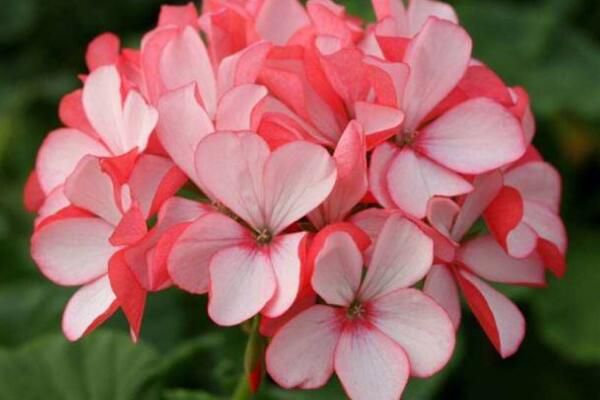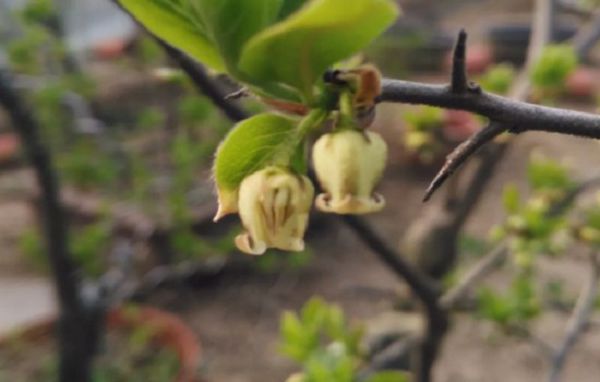Several common aquatic plants

Lotus
Out of the mud but not stained, Zhuo Qinglian but not demon.
Lotus is often praised as the fairy in the water, and families often choose varieties with smaller plants to breed. In the process of breeding, more light is needed to ensure flowering. In addition, when choosing pots for culture, it is necessary to choose flowerpots with poor water permeability. Moreover, lotus can not be cultivated indoors blindly, but should be best cultured outdoors, and the pond mud best contains humus. This can ensure that the lotus grows better.
Water hyacinth
Water hyacinth is also called Phoenix eye blue, which is a floating plant with delicate flowers and blue-purple petals, which looks particularly good-looking.
It is loved by many people, but because the Phoenix eye blue grows and propagates too fast, it has become a foreign invasive variety and propagated in large numbers in many watersheds in our country.
But this does not hinder people's love for it. Planting one or two plants at home still has a lot of functions, not only to watch, but also to purify the air.
Bowl lotus
The bowl lotus, according to the name, is the lotus planted in the bowl. The bowl lotus plant is petite and easy to grow, and there is more than one way to grow it in the family.
Moreover, the bowl lotus can be planted all the year round, because of its small size, it can be put anywhere as a decoration, as long as the appropriate water temperature is ensured, planting bowl lotus will give rise to a poetic feeling in the room.
Scutellaria barbata
Half lotus likes to be wet, artificial planting is mostly cultivated on the beach, and the cold resistance is also very excellent. Have to mention the efficacy of Lobelia chinensis, the whole plant can be used in medicine, is a good traditional Chinese medicine, often used to treat appendicitis and liver cirrhosis and other symptoms.
A small flower of lotus barbata, usually a terminal flower. The flower is the common lilac and white, or light pink, the flower shape is very lovely.
Acorus calamus
Acorus calamus in ancient China, known as the spirit grass, it is said that it can exorcise evil spirits and remove the plague.
The figure of calamus often appears by the river or near the paddy field. The plant has aroma and can extract aromatic oil. in addition, calamus has many functions, not only as an ornamental, but also as a medicine, as well as the role of insect repellent.
But it should be noted that the whole column of Acorus calamus is poisonous and will produce hallucinations after accidental ingestion.
Canna
Canna originated from tropical and subtropical regions, is a very common, good ornamental flowers.
Fiery red flowers, green and glossy leaves, combined only feel delicate and beautiful, is the best proof of safflower with green leaves, can blossom all the year round.
The canna is afraid of the cold. When it comes to breeding, the temperature is very important. But at the same time, it is also a kind of well-maintained flowers with strong adaptability and almost no requirements for cultivated soil.
Canna is also a very important flower, in addition to ornamental value, but also has medicinal value and green value, canna drug extraction, can effectively treat hypertension and irregular menstruation and other diseases. Canna is often used to detect ambient air pollution because its leaves are sensitive to harmful gases.
Related
- Fuxing push coffee new agricultural production and marketing class: lack of small-scale processing plants
- Jujube rice field leisure farm deep ploughing Yilan for five years to create a space for organic food and play
- Nongyu Farm-A trial of organic papaya for brave women with advanced technology
- Four points for attention in the prevention and control of diseases and insect pests of edible fungi
- How to add nutrient solution to Edible Fungi
- Is there any good way to control edible fungus mites?
- Open Inoculation Technology of Edible Fungi
- Is there any clever way to use fertilizer for edible fungus in winter?
- What agents are used to kill the pathogens of edible fungi in the mushroom shed?
- Rapid drying of Edible Fungi



